Nematodes frozen in Siberian permafrost during the Pleistocene era 42,000 years ago have been brought back to life.



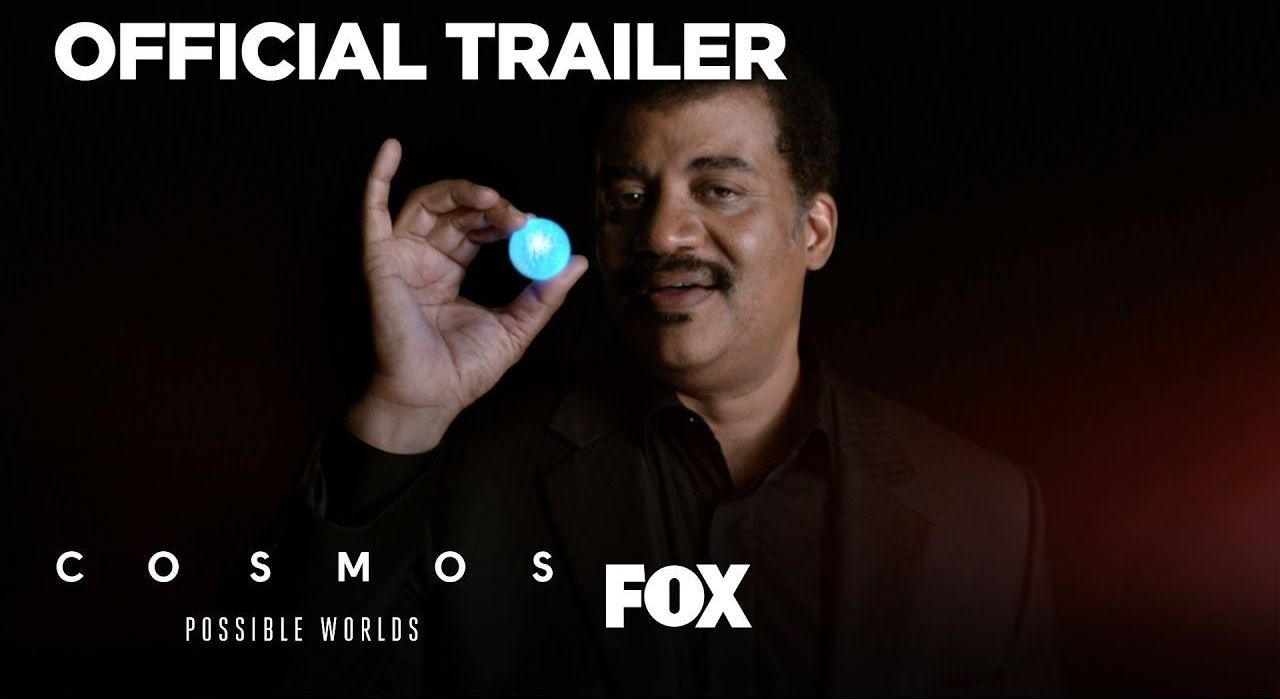
Watch the official trailer for Cosmos: Possible Worlds.
Subscribe now for more Cosmos: Possible Worlds clips: http://fox.tv/SubscribeFOX
See more of Cosmos: Possible Worlds on our official site: https://fox.tv/CosmosPossibleWorlds
Like Cosmos: Possible Worlds on Facebook: https://fox.tv/CosmosPossibleWorlds_FB
Follow Cosmos: Possible Worlds on Twitter: https://fox.tv/CosmosPossibleWorlds_TW
Follow Cosmos: Possible Worlds on Instagram: https://fox.tv/CosmosPossibleWorlds_IG
Like FOX on Facebook: http://fox.tv/FOXTV_FB
Follow FOX on Twitter: http://fox.tv/FOXTV_Twitter
Add FOX on Google+: http://fox.tv/FOXPlus
Airing as a global event on FOX and National Geographic, the Emmy and Peabody Award-winning COSMOS will return for its third season in Spring 2019. It will once again be executive-produced, written and directed by Ann Druyan (NASA’s Voyager Record, “Cosmos: A Personal Voyage,” “Contact”) and executive-produced by Seth MacFarlane (FAMILY GUY, THE ORVILLE, COSMOS: A SPACETIME ODYSSEY), Brannon Braga (THE ORVILLE, COSMOS: A SPACETIME ODYSSEY), who also is co-writer and director of the series, and Jason Clark (THE ORVILLE, COSMOS: A SPACETIME ODYSSEY). Neil deGrasse Tyson, the famed pop-culture icon, astrophysicist and host of the Emmy Award-nominated “StarTalk,” will return as host. Co-created by the legendary astronomer Carl Sagan and Ann Druyan in 1980, COSMOS has transported a global audience to the farthest reaches and most deeply hidden recesses of the universe. In the course of those journeys, the series has examined the real stories of the forgotten searchers who helped us understand our place in the universe. Following the wildly successful second season, COSMOS: A SPACETIME ODYSSEY, seen by more than 135 million people worldwide on National Geographic and FOX, and the most-watched series ever on National Geographic Channels internationally, the new season, COSMOS: POSSIBLE WORLDS, will premiere in the U.S. on both FOX and National Geographic and globally on National Geographic in 180 countries and 43 languages. Continuing the legacy of its predecessors, COSMOS: POSSIBLE WORLDS will translate the revelations of science into a lavishly transporting experience, taking audiences on a series of spiritual voyages of exploration. We are living in the golden age of discovery of new worlds to explore and possibly inhabit. In the vastness of time and the immensity of space, their number and the stories they contain are virtually infinite. The new season will reveal previously uncharted realms, including lost worlds and worlds to come, and those that we may one day inhabit in a thrilling future we can still have. In conjunction with the launch of the new season, National Geographic Books also will publish a companion book, COSMOS: POSSIBLE WORLDS, by Ann Druyan, the long-awaited follow-up to Carl Sagan’s historic international bestseller, COSMOS: A Personal Voyage.
COSMOS: POSSIBLE WORLDS | Official Trailer | FOX BROADCASTING
http://www.youtube.com/FoxBroadcasting

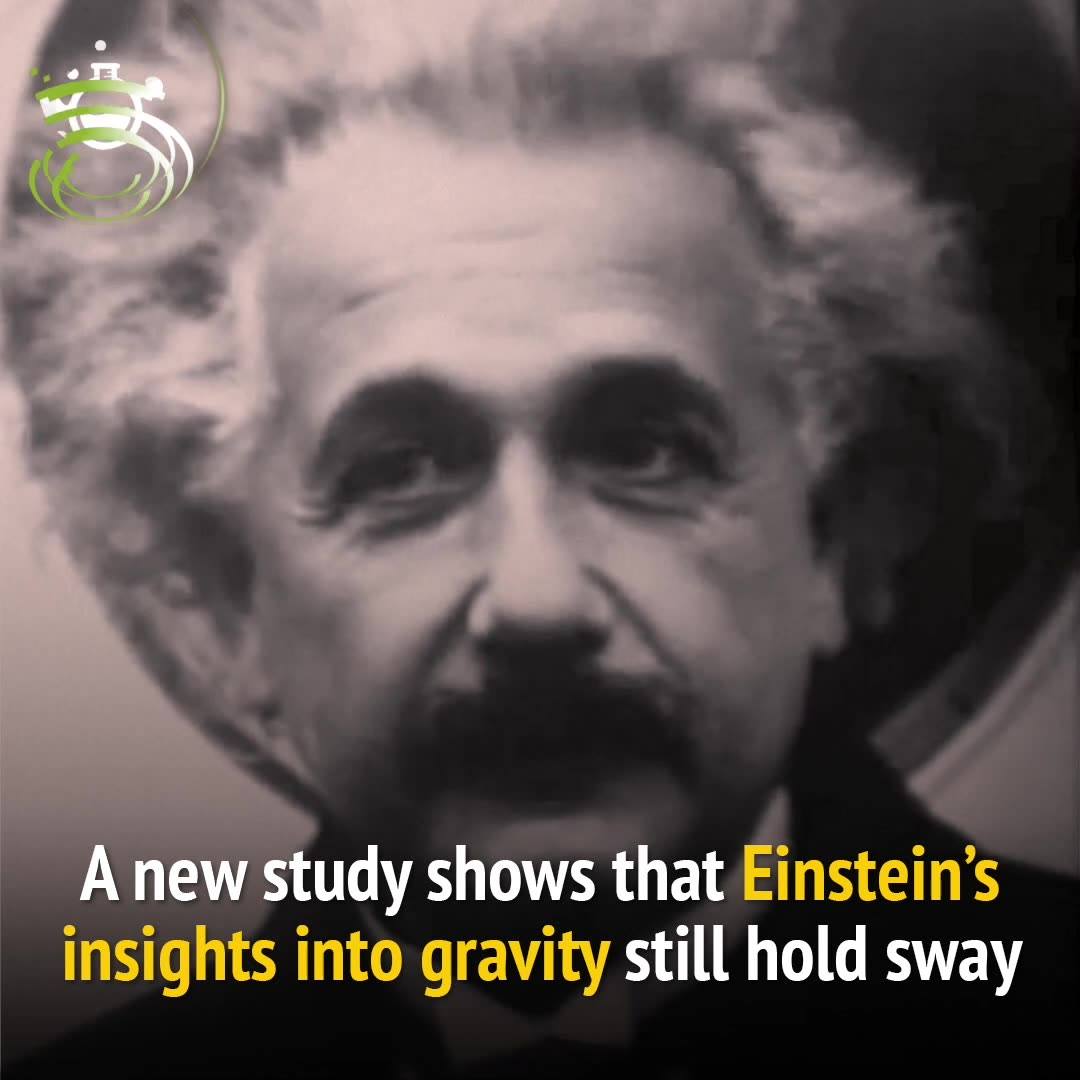
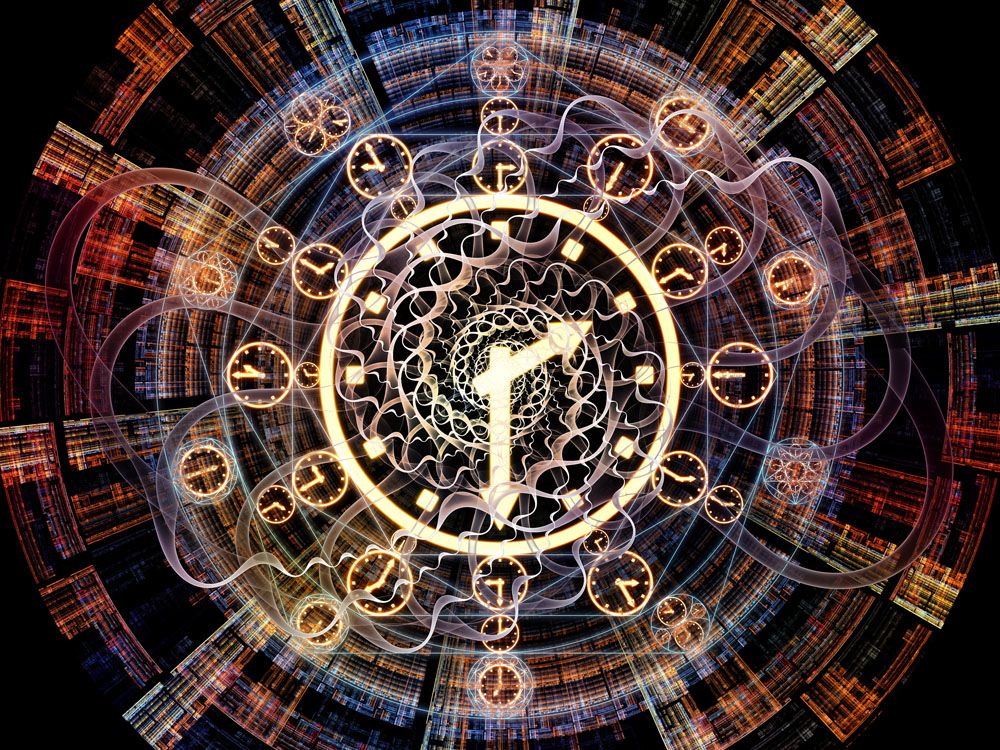
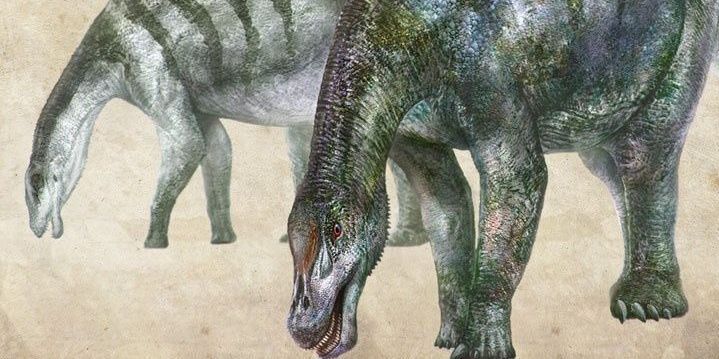
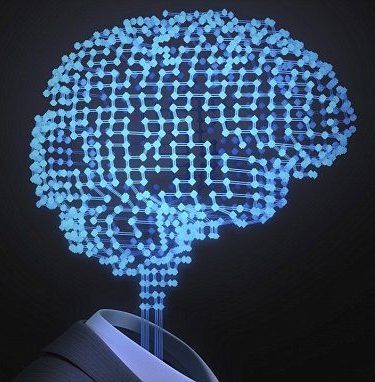
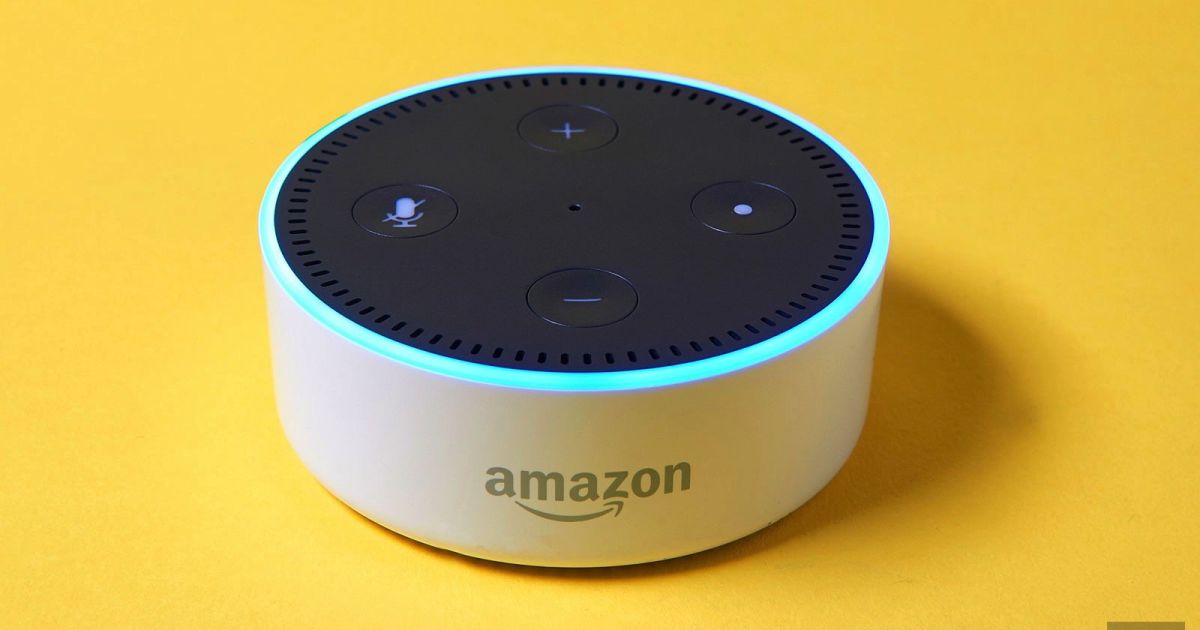
Amazon’s Echo lineup, like some smart speakers, uses proximity detection to decide which device is best-suited to responding to your voice commands. It’s a clever way to prevent multiple devices from waking up at the same time. There’s just one problem: support in non-Amazon devices has been inconsistent at best, creating a mess if you have third-party gear that doesn’t use the feature. Thankfully, that shouldn’t be an issue from here on out. Amazon has moved its Echo Spatial Perception technology to the cloud, ensuring that all devices can use it.
The ESP upgrade is automatic and doesn’t require any changes on the part of hardware makers. It’s also more accurate, according to Amazon, and can change over time as Alexa receives upgrades.
This doesn’t change some limitations for multi-device households. Many commands still apply specifically to the device where they’re set, such as reminders and timers. Even so, this could be a crucial update for Amazon. If it’s going to bring Alexa to virtually every device it can, it has to create a harmonious ecosystem.
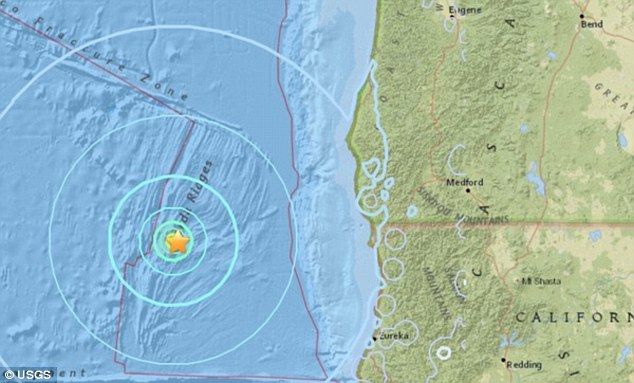
A series of earthquakes have shaken a region of ocean off the west coast of the UScientists have detected a cluster of 11 earthquakes, ranging in magnitude from 2.8 to 5.6 on the Richter scale. The cluster occurred on the seabed at the Juan de Fuca tectonic plate, around six miles (10km) underwater. This plate forms part of the Cascadia subduction zone, which runs from Northern California to British Columbia. Previous studies have warned this geological spot of weakness has the potential to deliver an earthquake much stronger than the infamous San Andreas fault. Seismologists say a full rupture along the 650-mile-long (1,000 km) …→